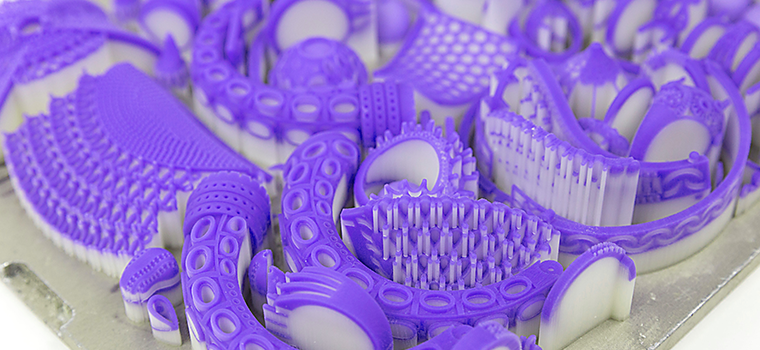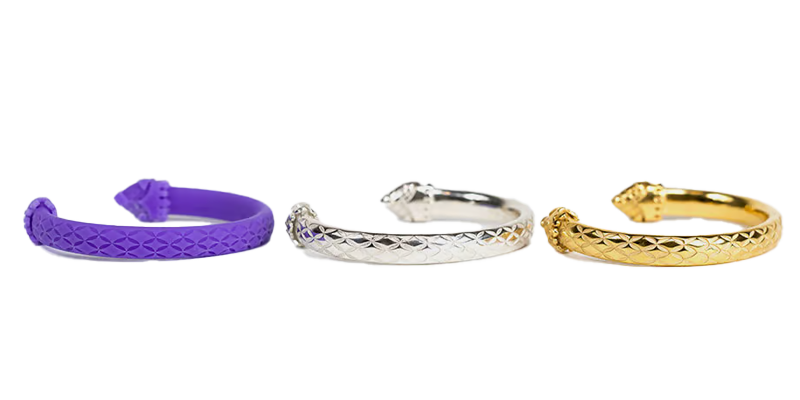We’ve invested in the latest generation of high-precision 3D wax printers from 3D Systems (located in the United States) to provide the highest dimensional accuracy, consistency, and casting reliability. We refuse to use imitation 3D wax printers just to save a few dollars, our 3D wax printing quality is engineered to meet the demands of professional jewellers and clients who demand the absolute best quality and crispy precision every single time.
Please note: If you want wax-only printing (ie for you to cast yourself), we are happy to print for you provided you come pickup the waxes from us as they are too brittle to ship/post.

If supplying your own waxes to us, please ensure you have the sprue already attached to your item. The length to be approximately 10mm (we will trim it down), and for the sprue diameter to be between 3.2 - 4.1mm. Visit our CAD Tech page for more detailed information about sprue placement.

We print all of our waxes at a 16 μm (micron) layer thickness using XHD (Extreme High Definition) 1200 × 1200 × 1600 DPI resolution. This standard we provide delivers outstanding surface detail and dimensional accuracy, striking the ideal balance between quality and cost-efficiency for the jewellery industry.
For uber-high budgets (20-30x above our 16 μm printing fees) and specialised projects, we offer printing at 8.8 μm and QHD (Quality High Definition) 2000 × 1800 × 2900 DPI. However, the visual difference between 16μm and 8.8 μm is virtually indistinguishable to the human eye even under magnification post-casting, so QHD printing is rarely necessary for the jewellery industry, this is rather reserved for the medical sector.
We no longer print or cast with any resins anymore and we no longer accept customer supplied resins regardless of brand of resin and regardless of how well it was cleaned and cured. Many professional casting companies around the world have phased out resin casting in precious metals, and we anticipate most (if not all) Australian casting houses will follow suit.
This decision was made by us due to the resin manufacturers changing the formulations of their resins and providing zero support and information to casting houses. These formulation changes have resulted with extremely poor casting results such as:
We have come to the conclusion that resin casting has taken a step backwards in terms of casting quality and consistency. We also understand some resins are marketed as "high wax content", however we still saw the same poor quality results with these "waxy-resins". Additionally, ongoing research has highlighted increasing health risks associated with resin exposure, and we prioritise the well-being of our workers.